The difference between Tea roasting and Coffee Baking what are the characteristics of roasted tea?
Why is tea baked?
Adjustment attribute: according to the concept of Chaoshan traditional culture, the part of tea can be divided into raw tea and cooked tea (which is different from Pu'er raw and cooked tea). The difference between raw and cooked tea in baking or not involves the theory of four natures in traditional Chinese medicine culture. it shows that the baked tea is warm, while the unbaked tea party is classified as cold and cool.
Production process: there is a first stage of "drying" in the primary process of tea. After preliminary processing, it is ready to drink. What we call "Mao tea" is a semi-finished product that has not yet been refined. However, if the moisture content of this kind of tea is reduced to the standard for long-term preservation, it can also be sold directly as a commodity. After drying, the primary processing raw material tea is adjusted according to the raw material properties, and then the latter stage of the delicate processing process, including blending, baking and other classical flavor adjustment techniques.
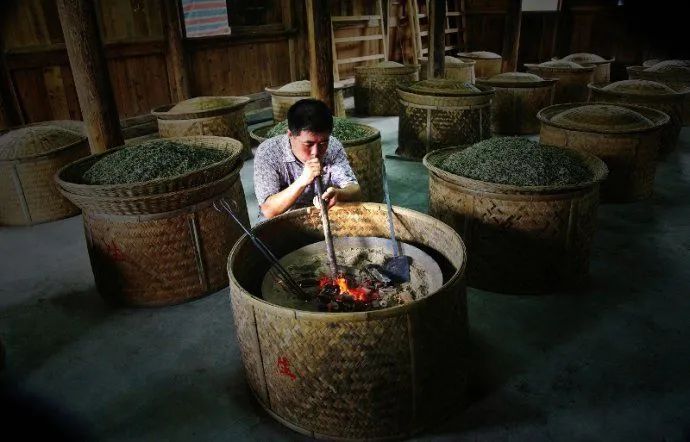
Maintain quality: exquisite processing (baking) is mainly able to change the tea, including caramelization, Mena reaction, reducing moisture and stabilizing quality, controlling temperature and time, and increasing the level of aroma and flavor according to different roasting degrees. After the tea is manufactured, a certain degree of dryness must be maintained so that the tea will not deteriorate easily.
Create particularity: tea baking methods are mainly charcoal fire baking (commonly known as Anxi ancient method) and electric baking. The flavor of tea presented by different baking methods is basically completely different. At present, electric baking is mainly used in the Taiwan market. Charcoal fire baking is a more traditional method, because it is a great test of the master's ability, there are charcoal, ash and other work, and because it can not be mass-produced at one time, the cost is high, relatively few people are willing to make charcoal-baked tea.
Why is coffee roasted?
Removal of chlorogenic acid: modern coffee is prone to diarrhea because of the environment in the process of manufacture and transportation, as well as the characteristics of the coffee itself. Therefore, drinking raw beans is not recommended. But before the 15th century, coffee was not very baked, it was boiled with raw bean water (clean and high-grade beans), but because the density of unbaked beans was so high that they could not be released, the boiled beans had little taste.
Increase flavor: gradually evolved to add cardamom, cinnamon, cloves, rose water, saffron and other spices to coffee raw bean water, which can still be seen in Dubai and the Middle East. Later, Turkey and other regions began to try to prolong the roasting time of coffee beans, and found that coffee will be transformed by roasting and formed different flavors with caramelization and Mena reaction.
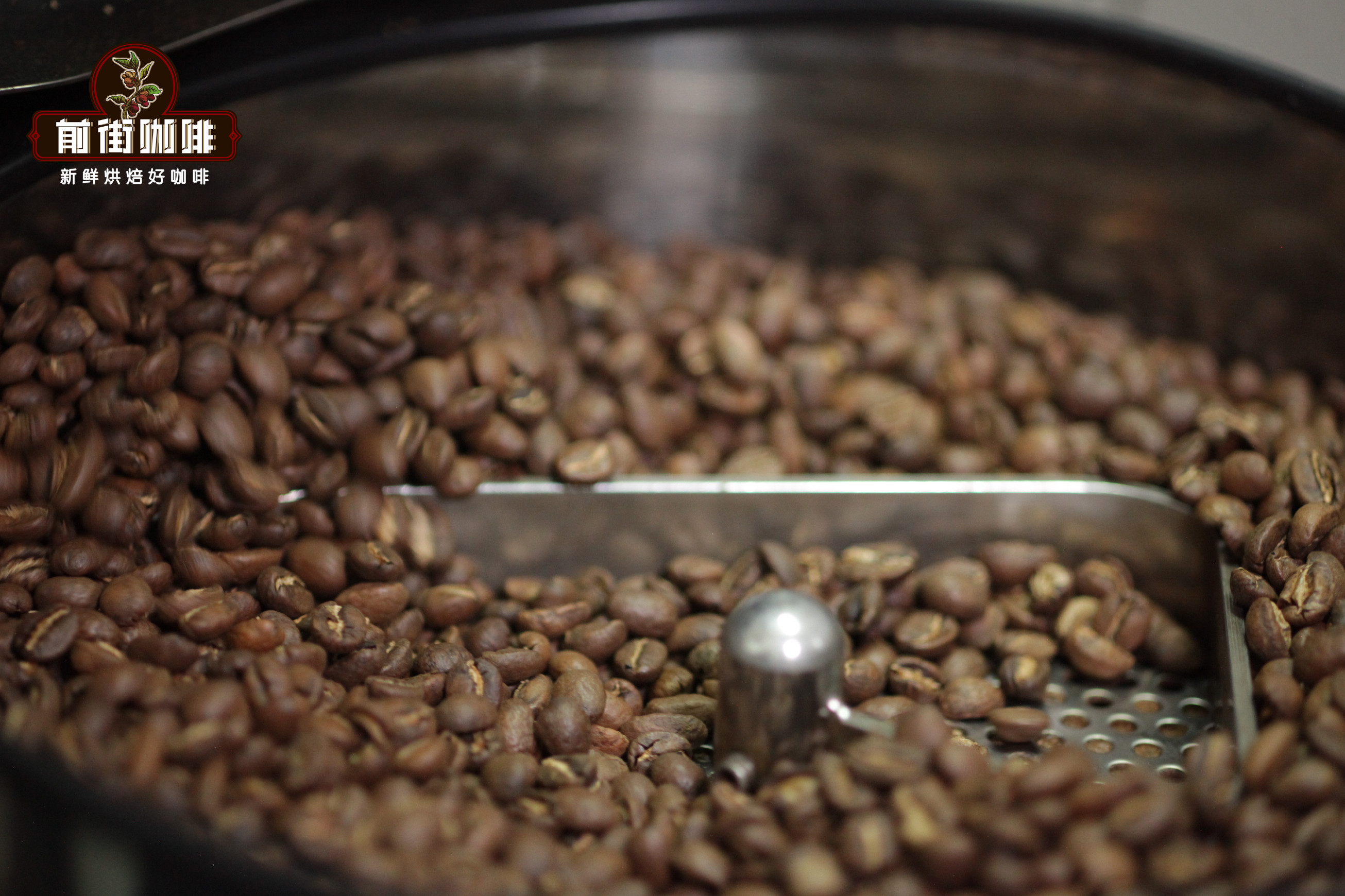
Emphasize local style: coffee needs to be roasted in order to show its characteristics, its roasting can highlight the local flavor of coffee itself, its flavor depends on the bean baker's own technological skills and experience, a real understanding of the origin, in order to perfectly interpret the local advantages of beans. The other is that the self-characteristics that the baker himself wants to present will be shown in the depth or skill of baking.
Practical method: at present, the roasting method of coffee can be divided into three methods: direct fire, radiation and convection.
Roasted coffee is roughly the following concepts
First explosion (shallow baking)-(medium and shallow baking)-(medium and deep baking)-second explosion (deep baking)
The so-called "explosion" is the principle that coffee will crack due to temperature in the process of roasting. According to the characteristics of their own beans, professional bean bakers will judge which baking degree is the best flavor. Even if they have professional grade mechanical bean baking equipment, they will adjust the baking time and the rising and falling temperature curve artificially according to the case experience of coffee beans. The temperature falls at about 170-230 degrees Celsius, less time is short, and more is mainly baked slowly within 20 minutes.
What should be done when talking about baking?
In the case of tea and coffee, modern roasting is assisted by machine baking, so the focus will be on the sensitivity of the raw materials of the tea maker or barista themselves and the flavor that the consumer or the barista himself wants to present. Then do the baking according to your own experience, release it at the most appropriate time, eliminate the smell of the raw material itself, and perfectly show the flavor is the focus of baking.
The control time is that there is a big difference between tea and coffee. Coffee usually needs to be baked once, and the sampling port also asks for a small amount. Normally, there is no stopping to check and repeat the action of second baking. The roasting time of coffee is mostly within 20 minutes to complete the whole process. However, from the point of view of tea baking, there is room to stop and adjust the cup while baking, and the baking time control can be extended to many days before "adjustment" is completed, and there are even cases in which the aged tea is taken out of the warehouse for many years and baked repeatedly.
The baking temperature of tea is generally lower than that of coffee. The average temperature of the tea industry is adjusted between 75 and 120 degrees Celsius. If the temperature is higher than 130 degrees Celsius, there is a risk of burning and burning. While coffee has the means of roasting directly, tea is not very suitable.
What are the baking incense and what do you need to pay attention to?
"Tea"
In the case of baked tea alone, its own baked tea will have different tastes because of its variety, soil, planting conditions and elevation. the more famous are the heavier roasted teas such as Dongding Oolong Tea and Tieguanyin, which put more emphasis on fire. On the other hand, oolong tea baked in different degrees increases the flavor of the tea by baking (flower, fruit, and other levels, as well as the flavor wheel that belongs to the tea). Older generations often say that this is the aroma of toast and biscuits. But tea has a characteristic, which needs to be placed for a while after baking to make the fire taste round, which we call "annealing".
Tea can be stored for a long time, so there are so-called re-baking and multiple baking practices.
The change of aroma: fragrance-honey-caramel-fried rice-fire-burning-charcoal.
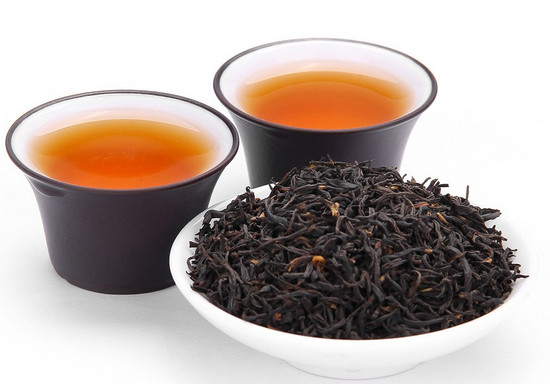
"coffee."
Coffee emphasizes acidity with light roasting. At the beginning of medium roasting, the flavor will be magnified, showing flavors such as nuts and chocolate, to deep-roasted smoke, and so on. The depth of roasting depends on the taste that the baker wants to present. Different baristas will also adjust their own characteristics through the blending of different coffee beans. However, the flavor of coffee beans has a short shelf life, so it is easy to deteriorate, so we must pay special attention to the taste period of coffee after roasting.
From all the discussions, coffee and tea are baked in order to increase the aroma and flavor of their own raw materials. From pan baking to large bean roaster, the roasting technology of tea and coffee industry is improving day by day. I believe that in the future we can see more different baking ideas, different combinations, different "boutique tea" and "boutique coffee".
Tea can achieve the advantage of uniform and stable flavor because of baking, but it will reduce the obvious local characteristics of the producing area, and some cases can highlight the fragrance of tea varieties.
Coffee because of roasting, can show local characteristics, to achieve the expectations of boutique coffee (Specialty Coffee).
Important Notice :
前街咖啡 FrontStreet Coffee has moved to new addredd:
FrontStreet Coffee Address: 315,Donghua East Road,GuangZhou
Tel:020 38364473
- Prev
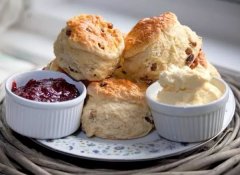
What's the best way to drink black tea? Teaching guide for the best match of black tea and dim sum
Sikang is the most representative of the classic baked snacks in the afternoon tea of Sikang and milk tea. In Gaelic, Sikang means "full mouth," which means that after kneading the dough with flour, baking powder, eggs, and butter granulated sugar, and then kneading it into a child's fist-sized baked dough, it tastes simple and soft, but it seems to get stuck in the throat. Apply strawberry jam and curdling fat for Sikang
- Next
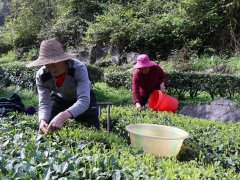
When is the best time to pick tea? what month is the best tea quality and the best picking schedule for one year?
Taiwan tea picking schedule (seasonality of tea) the seasonality of tea is very important. There are four tea seasons in Taiwan. The weather in Taiwan is almost perfect for the production of oolong tea, where tea merchants produce famous oolong teas with different shapes, styles and tastes. In Taiwan, the nature and size of leaves change with the passage of season, although a kind of tea has been completed today.
Related
- Why can American refills for free? The difference between Americano and American drip pot coffee
- Being chased out of the rain in front of Starbucks?! Store: Sheltering from rain under umbrellas poses a safety hazard
- The white moonlight has changed?! Lucky launches "Big Winter Pear American"
- Hand-brewed coffee three-stage method, high-sweet and universal brewing method to share! What does the high sweet water level of hand-brewed coffee mean?
- What is the difference between raw, refined and full espresso coffee? How to extract espresso and taste good?
- A complete list of coffee bean names and their meanings! What is Yejia Shefi coffee? Where is Mantelin coffee?
- What grade does Arida Manor Kaduai coffee beans belong to? What treatment is Arida ASD slow anaerobic sun exposure?
- The milk tea cup becomes smaller?! Overlord Tea Girl launches a new "Return to Yunnan" series
- Accused of selling counterfeit and high-priced coffee beans! Well-known boutique coffee brand "Oukelao" bowed and apologized!
- How to make espresso dumplings? Can I eat coffee and glutinous rice balls together?

